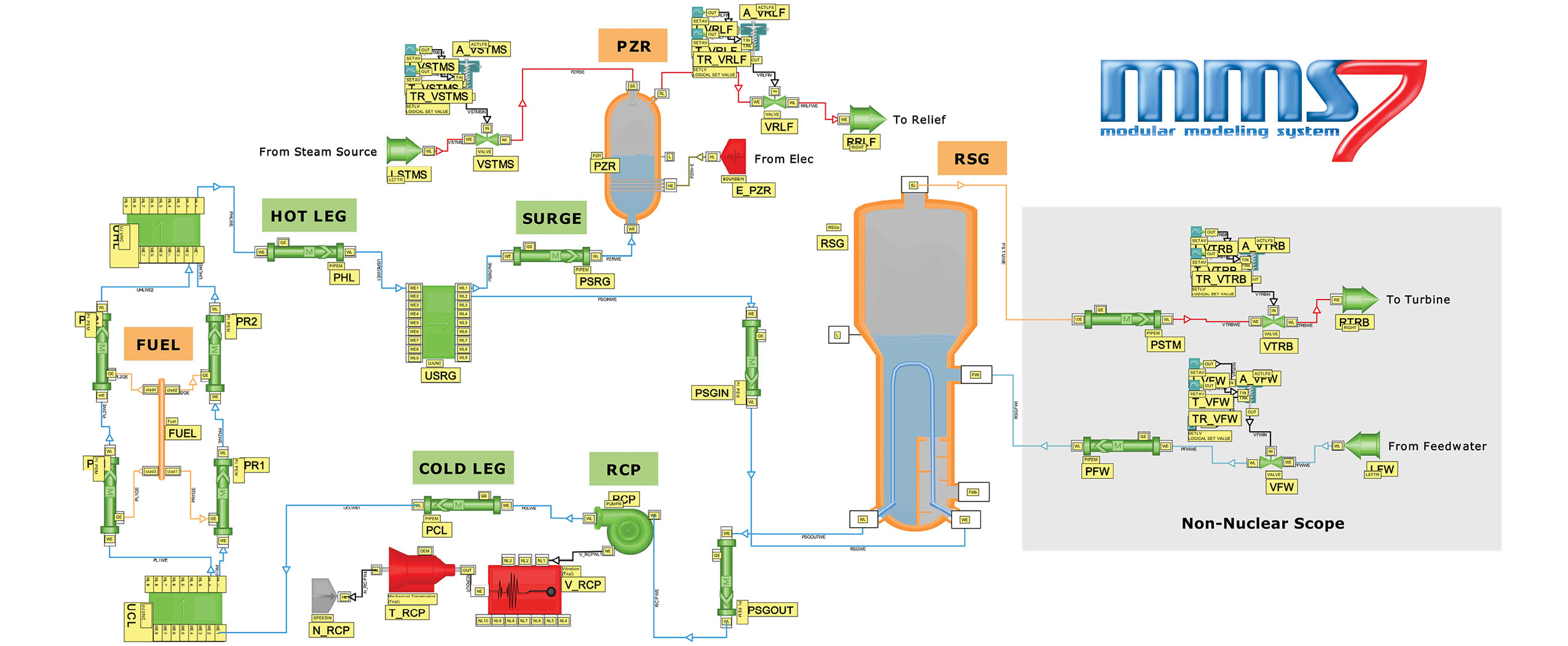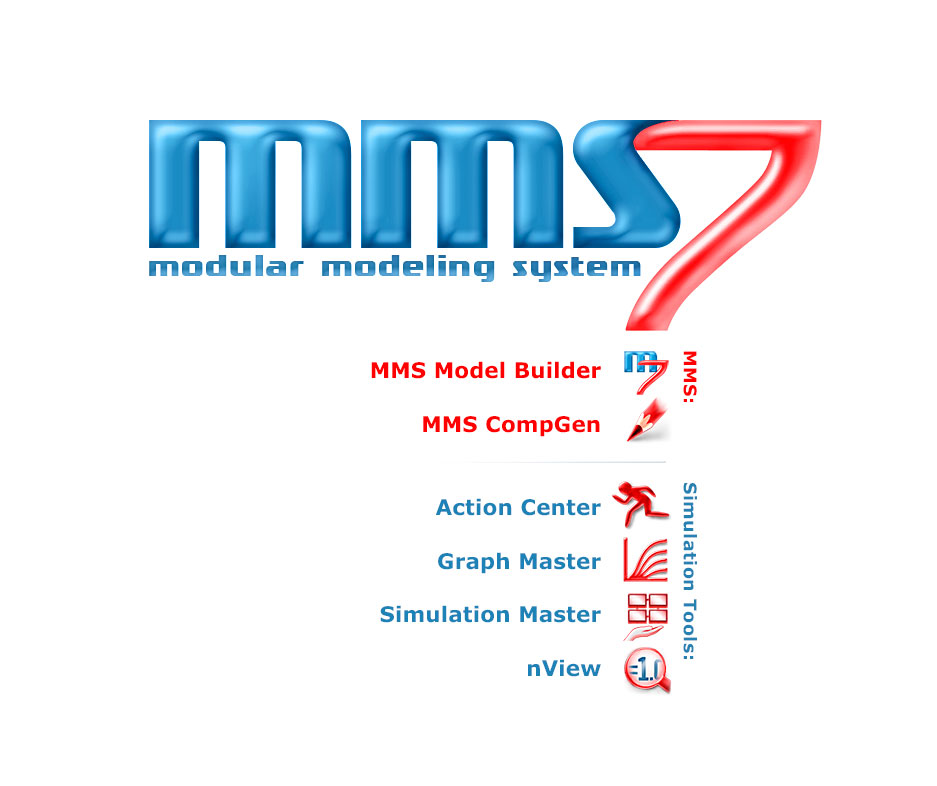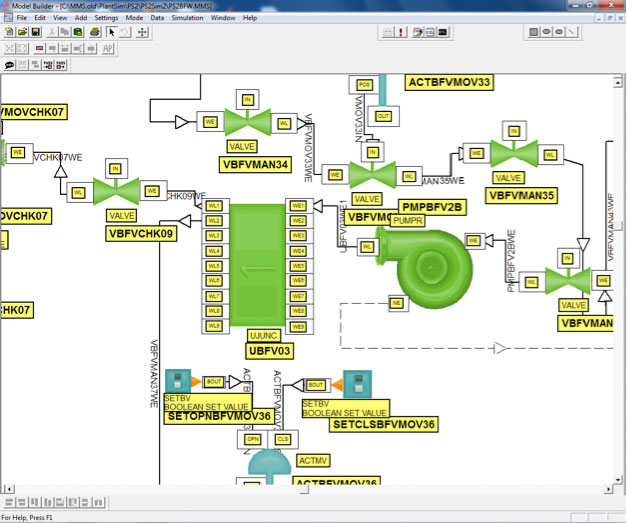
MMS is a set of software programs, libraries, and tools that are collectively designed to offer the simulation engineer many timesaving, user-friendly features that make simulation model development easier and more productive.
History
The Modular Modeling System (MMS™), first released in 1984, was the first dynamic modeling system designed for rapid simulation of power plants by using pre-engineered components called Modules. Now in our seventh major release, MMS™ Version 7 is an extremely effective, dynamic simulation software package with proven applications throughout the world.
What it is
Modular – A collection of pre-engineered components called Modules that can be used off the shelf without modification. The MMS module library includes modules for Fossil Fueled power plants, Renewable Energy power plants, and Nuclear power plants.
Modeling – Dynamic simulation models of power plants can be developed by using pre-engineered components like pipes, valves, ducts, boilers, Nuclear reactors, super-heaters, feedwater heaters, motors, generators, transformers, breakers, and process control blocks such as PID control and flip-flops.
System – MMS™ is not a single program, but rather a system that consists of module libraries, programs, scripts, and tools that are designed to efficiently work together.
Why it works
Each MMS™ module has been developed by experienced simulation engineers using “first principles;” that means each module has been formulated using fundamental governing laws. For example, our thermo-hydraulic modules conform to the first law of thermodynamics requiring the conversation of energy.
As a result, MMS™ provides less experienced users the ability to develop high-fidelity dynamic simulations quickly and efficiently.
In addition, our more advanced users will appreciate that we provide theory documentation for each module, which contains the fundamental equations and assumptions for that module.
What it’s used for
Original intent
MMS™ was originally designed and is still extensively used for engineering analysis or the development of Engineering simulators to:
- Study various ways to increase plant availability
- Test and / or evaluate potential control system changes prior to plant implementation
- Evaluate design modifications
- Study the impact of component substitution
Later additions
In 1994, the MMS™ Simulation Tools were released allowing MMS™ to be used to develop Operator Training Simulators which can be used to:
- Train operators on normal and abnormal power plant operations
- Evaluate operator performance
- Optimize operating procedures to increase plant efficiency during startup and shutdown
- Develop, revise, and test normal and emergency operating procedures before implementation in the plant
- Provide training to non-operators on power plant fundamentals
See it in action
Watch the video on how to build and run a model using the MMS model builder.


